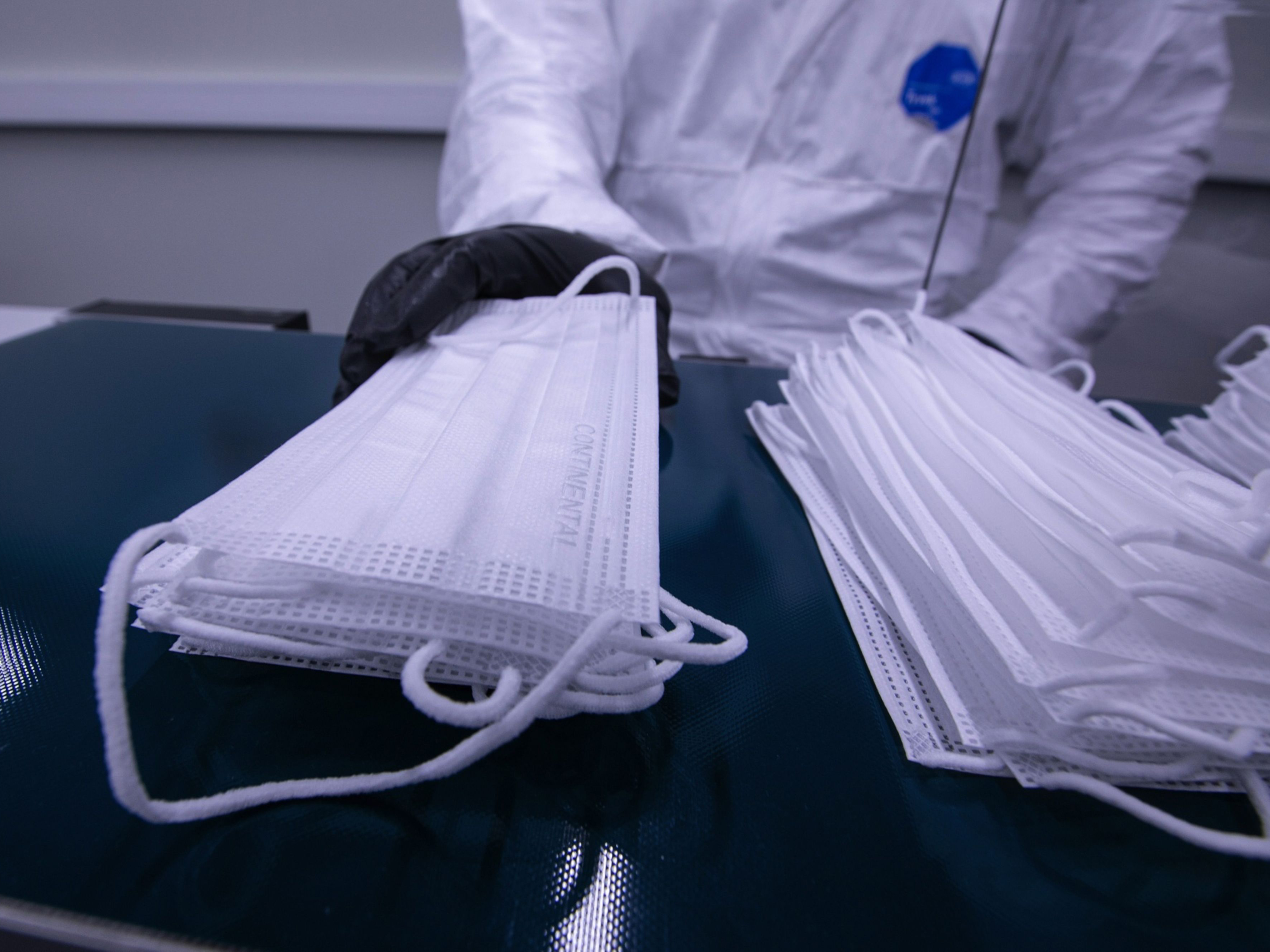
Throughout 2020, companies have faced unprecedented challenges, in the form of constant unpredictability and operational headwinds related to the COVID-19 pandemic. The resulting shutdowns have deeply affected the global economy and workforce, disrupting business continuity and in some cases making it nearly impossible to secure services and products that were once readily available.
Although enterprises have gradually resumed their daily operations, one thing is certain: leaders have realized there is no “new normal,” and are focusing on how to guide their organizations through uncharted waters, no matter what the challenge might be.
A major factor differentiating companies that have been able to survive and even thrive during this unprecedented period is agility — the capability to adapt and navigate quickly through any disruption. Procurement has been thrust to the forefront this year, as operational capabilities once considered merely important became imperative for survival. Chief purchasing officers and their teams must be at the helm, ensuring operational continuity with business stakeholders, suppliers, and customers across the supply chain.
Following are a few key considerations for creating sustainable agility, to improve results, stakeholder satisfaction, and performance, even as uncertainty persists and complexity increases.
Dynamic Decision Making
Many of the disruptions that companies faced during the initial wave of COVID-19 resulted from companies lacking immediate visibility into which suppliers were available to ensure business continuity. When the pandemic began, needs immediately changed, with buyers having to confirm whether their current suppliers were able to provide new services, as well as find qualified alternative partners to work with when necessary. They quickly realized how critical it is to arm business users with an intuitive, self-service platform for collaborating with suppliers in an easy, immediate, and effective way.
Leaders now know how critical it is to have this dynamic sourcing capability for continuity across the supply chain, and procurement professionals are accelerating investment in technology that acquire it. CPOs see the value of being able to quickly tap into key suppliers’ capabilities, strengthening partnerships, accelerating information exchange, and identifying additional resources as needed.
Intelligent Business Processes Automation
Although the digitization of procurement isn’t new, this year has required companies to rapidly revisit their operating models, and utilize intelligent automation to transform key processes.
Advanced technologies such as artificial intelligence and machine learning are already providing businesses with a competitive edge, through the processing and contextualizing of complex data for sourcing and procurement. Immediate benefits include the following:
- Stakeholders and distributed buyers have an immediate, fast and intuitive way to source services when and how they need them.
- Suppliers no longer waste time with painful, time-consuming requests for proposals, and are able to focus on the core services that buyers are purchasing.
- Procurement is increasingly viewed as a strategic partner to the business, focusing on accelerating company goals and priorities.
In a recent study, McKinsey highlighted how the digitization of business processes has accelerated significantly since the COVID-19 crisis began, with executives saying their companies responded to changes up to 25 times faster than they thought possible. The same report noted that 72% of these companies were the first in their industries to experiment with new technologies during the crisis, with 67% investing more than their industry peers in digital-related capital expenditures.
Unquestionably, companies that have used the past several months to make investments in technology and reengineer their operating models for greater agility have seen immediate benefits and gained a competitive edge to drive innovation, boost operational impact, and increase spend effectiveness.
A Transformational Mindset
COVID-19 has accelerated a transition that was underway for more than a decade in a matter of months, dramatically changing how companies view procurement. The need for business continuity and agility remains at the forefront at most companies, and CPOs have a unique opportunity to grasp this moment to ensure they have the right people, processes, and technologies in place, and are ready no matter what the next disruption might be.
Here are the key areas that leading procurement executives are focused on as they look to the future:
- Reimagined processes as a source of value. When business users are empowered with a trusted, intuitive way to make rapid, informed, and unbiased sourcing decisions across the supply chain, this benefits employees, suppliers, customers, and partners. CPOs are even more focused now on ways to reinvent sourcing and procurement processes that were highly manual in the past, significantly increasing the efficiency, cost savings, and value that their teams bring to their companies.
- Technology for speed and scale. Technology removes barriers, making it possible to respond more quickly and effectively rto the challenges that businesses face. The highly virtual and hybrid workforce has made it even more imperative to use technology to automate and streamline how we process, respond to, and communicate information.
- Adaptive thinking for long-term growth. Adaptability is an ongoing journey for the CPO, who must continually look for ways to improve efficiencies, outcomes, and the stakeholder experience. Instead of worrying about the building blocks of the past, today’s CPO is skipping straight to the requirements for the future, letting go of archaic processes and tools and investing in a new foundation.
There’s no question that businesses have had to dramatically alter their operating models throughout the pandemic. Some of the changes were forced responses to short-term needs, but many led to fundamental, lasting shifts that will position them for long-term growth and competitive advantage. Although the new normal no longer exists, we have all learned what we can control. We need to ensure that stakeholders have immediate access to an intuitive, self-service experience, and are able to draw on technology to streamline outdated processes and focus on high-value work. By doing so, we will be best prepared to navigate any future challenges that come our way.
Keith Hausmann is chief revenue officer at Globality.







